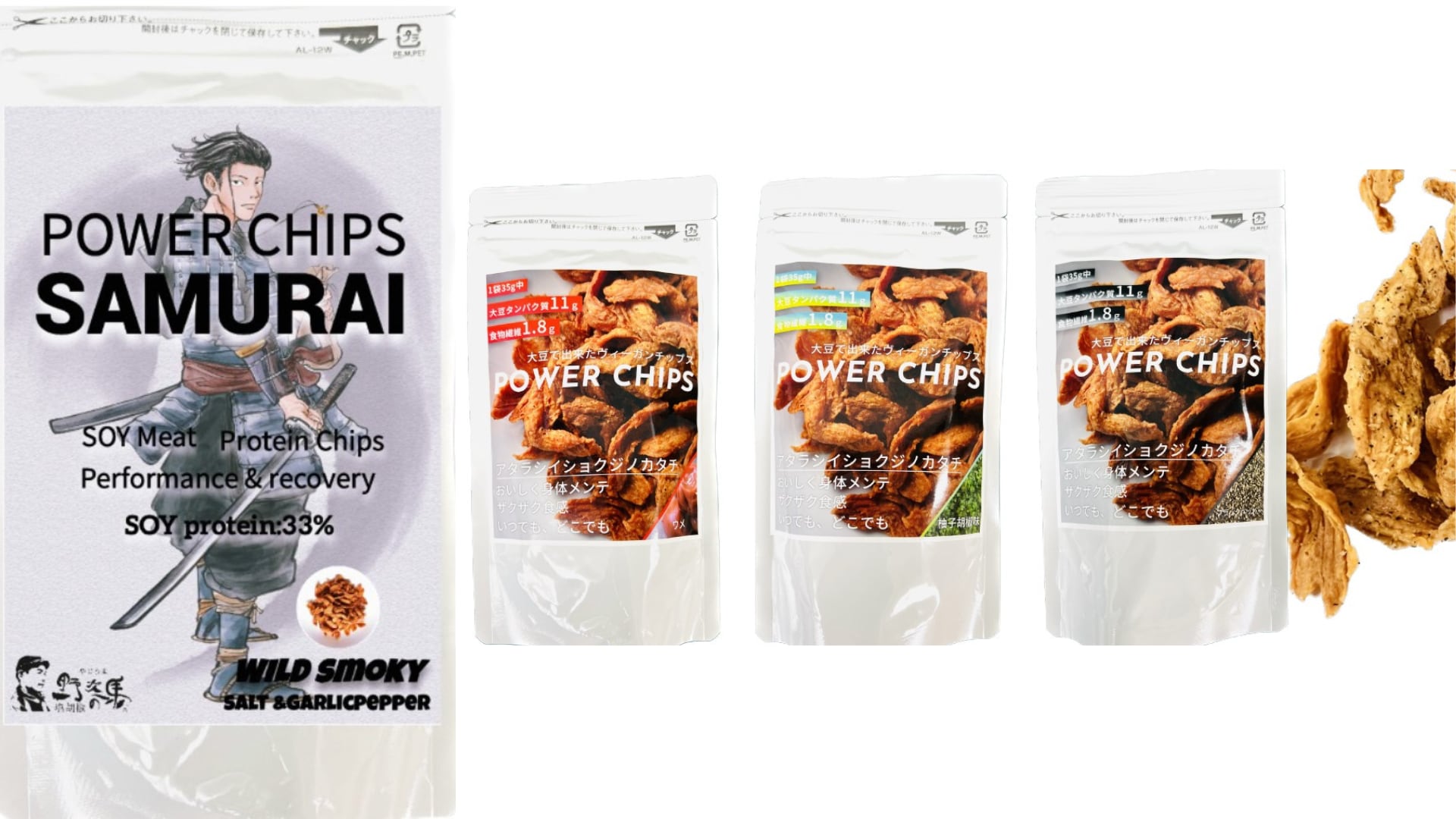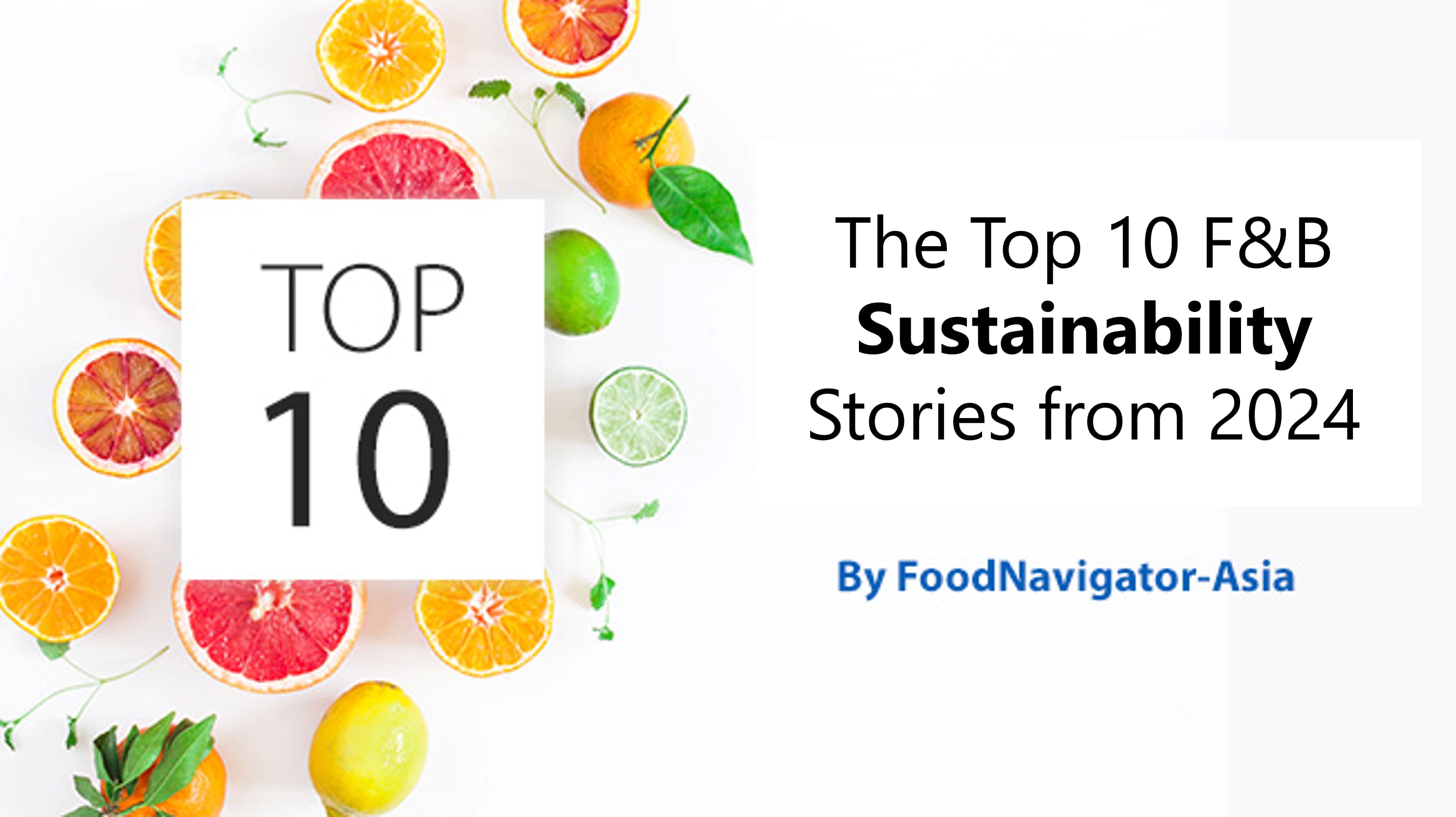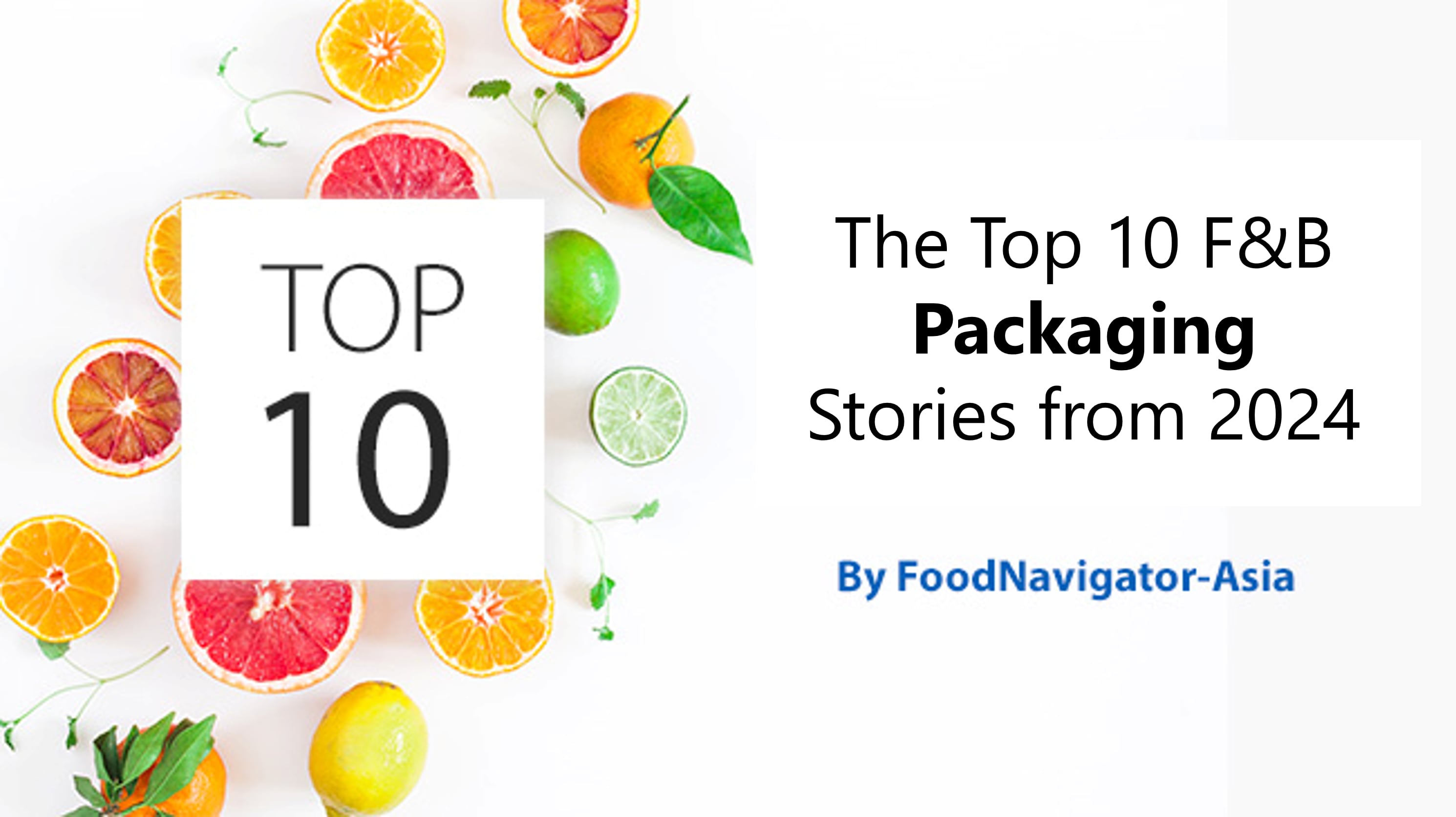Pernod Ricard continues ASEAN digital label drive in Cambodia with Khmer launch
Alcohol giant Pernod Ricard has conducted its third digital label launch in South East Asia with the Khmer-language, tying in with the Cambodian government’s efforts in introducing alcohol legislation to prevent underage drinking.
The firm made its first digital label launch in the region in Singapore last year, followed by Vietnam and then Cambodia.
Crucially, the information accessed by consumers upon scanning the digital labels will all be in the Cambodian national language Khmer as well as English, which is expected to greatly increase accessibility and acceptance in the country.
“This digital label is a direct response to consumer demand for clear, accessible product information in Cambodia [focusing on] easy-to-understand content written in Khmer,” Pernod Ricard Cambodge Managing Director Daren Ong said.
‘Wine is fashion business’: Staying ahead of the curve is crucial in saturated Asia market – Taylors
Australia’s Taylors is applying a forward-thinking approach in its packaging and latest launches to capture Asian market share.
One of Taylors’ innovations is the thermochromic strip on its estate label bottles, which changes colour based on temperature. This sensor helps consumers easily determine the ideal serving temperatures for their wines. For example, Shiraz should be served between 16 to 18°C.
“This feature is especially useful for addressing misconceptions,” Mitchell Taylor, third generation winemaker and managing director at Taylors, said.
“Many people think red wine should always be served at ‘room temperature,’ but that can vary widely depending on the season or region. Our labels encourage consumers to chill red wine to the recommended temperature, even if it means putting it in the fridge.”
Taylor added that the same concept applies to white wines, which are often served too cold straight out of a fridge or ice bucket. The recommendation is to warm whites slightly to 4 to 6°C for optimal flavour since the average fridge temperature is around 2°C.
Born and brewed: Tiger refreshes packaging to appeal to bold consumers
Singapore beer giant Tiger says that its revamped packaging reflects progress and innovation while staying true to its roots as a local icon.
Its new packaging design is inspired by the “energy and spirit of progress”, reflecting the brand’s core values since its founding.
“Tiger has deep roots in the local community. A nod to Tiger’s connection to familiar places such as coffee shops and hawker centres that are an integral part of Singapore’s culture, its vibrant new visual identity strikes a perfect balance between tradition and forward-thinking.
“The refreshed look is symbolic of our dedication to innovation, serving as a reminder that after nearly a century on, there is still something fresh brewing at Tiger. Through the sleek, eye-catching cans, we aim to appeal to those who appreciate boldness, authenticity, and the courage to progress while still enjoying the same great taste of our high-quality beer,” Gerald Yeo, Marketing Director at Asia Pacific Breweries (APB) Singapore, told FoodNavigator-Asia.
Thailand revises Healthy Choice logo eligibility criteria for multiple food products
Thailand’s Food and Drug Administration (FDA) has revised the criteria for beverages, seasonings, packaged soup bases and plant-based dairy alternatives wanting to display the healthier choice logo.
Thailand first introduced its own Thailand Healthier Choice logo (THCL) in 2016, a voluntary front-of-pack nutrition labelling scheme hoped to aid consumers in making healthier purchasing and consumption choices.
The THCL system is based on nutrient profiling criteria to categorise healthier options that target more ‘desirable’ nutrients like protein and fibre, and less ‘undesirable’ nutrients like saturated fat, sugar, and sodium.
Nine years after implementation, the Thai FDS announced in January 2025 that it would be revising and tightening the criteria required for certain food categories to be eligible to display the THCL logo.
“The food categories that will be revised will focus on beverages and food seasonings, [as these are] very important in the Thai food system,” nutritional symbol subcommittee Chairman Chalat Santiwarangkana said via a formal statement.
South Korea to prioritise food safety information and visibility in new e-labelling regulations
South Korea will prioritise food safety information such as expiry dates and allergens in labelling regulations, while also mandating firms to use e-labels for non-essential information.
he Ministry of Food and Drug Safety (MFDS) has published a notification of changes to food labelling regulations, which will primarily call for companies to transfer all non-essential information from the printed label to e-labels.
“This move looks to increase consumer convenience and visibility of the important information, protect their right-to-know, alleviate costs to the industry as well as fall in line with carbon neutrality initiatives,” MFDS Minister Oh Yoo-kyung said via a formal statement.
“The space on the printed label on the food packaging should be reserved for important information such as the product name, expiration date, allergens and storage methods whereas other information should be provided as an electronic label such as a QR code.”




